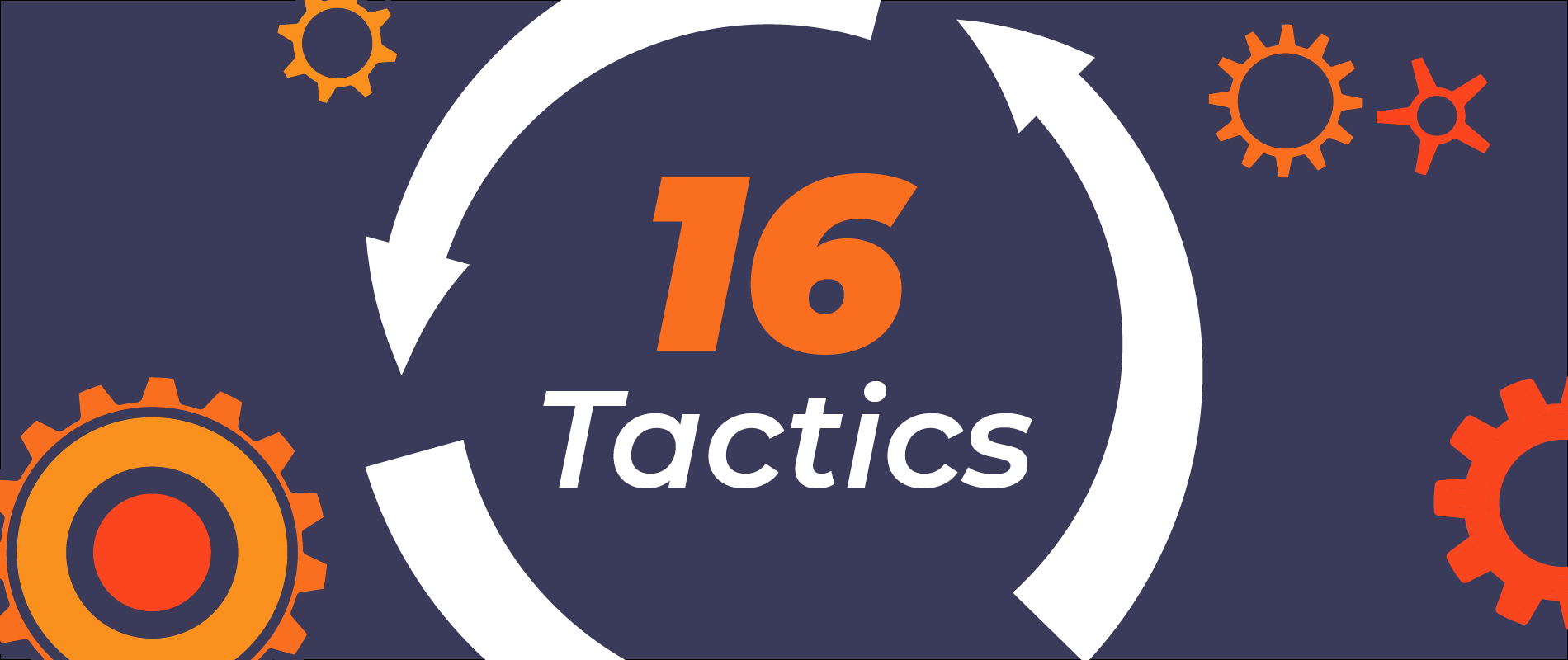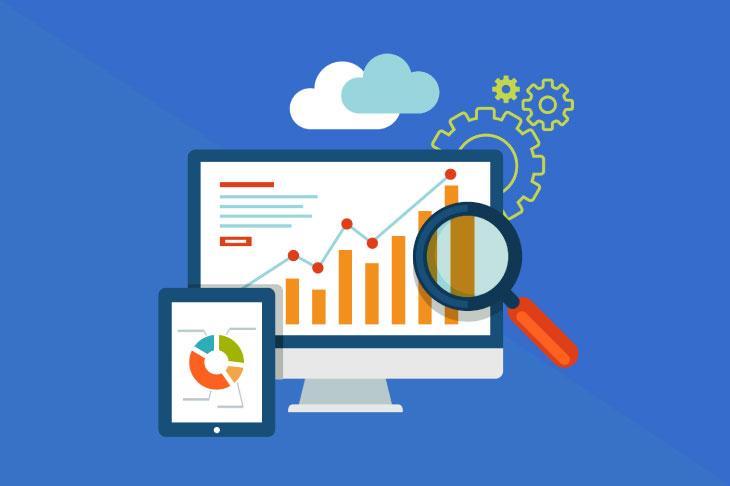
Get weekly
HubSpot updates
We often get contacted by companies that realise they have a problem generating more business, and that are looking for more leads to sell to. Almost invariably, when we explore the issues that they perceive that they are having, we’re told, “I just need more traffic to my website”, or “I’m not getting enough traffic to my site.”
But, on almost every occasion, the problem the company has isn’t about a lack of website traffic but what’s happening to that traffic. To be honest, driving traffic is the easy part of the equation. With paid search networks such as AdWords and Bing, social ads on platforms including LinkedIn, Facebook and Twitter, and content distribution networks such as Outbrain and Taboola, it’s relatively straightforward and low cost to generate traffic.
So if traffic isn’t the problem, then what is? I like using the example of a leaky bucket. If you’ve got a leaky bucket then there’s absolutely no point in pouring more water into it. The thing to do is to identify where the leaks are and then fix them. So if you’re not getting enough leads from your website, assuming there’s a reasonable level of traffic, then throwing more traffic at the site isn’t going to solve the problem.
So when we’re faced with people telling us that they aren’t getting enough leads and need more traffic, this is what we often find.
They don’t know how much traffic they are actually getting
You can’t manage what you don’t measure.
Analytics tools are widely available for free, however they do require an investment in time in order to learn and configure them properly.
We often hear that people have analytics installed on their websites but don’t know how to use it or how to interpret the data. Google offer some excellent analytics courses for free through their Analytics Academy.
The traffic they’re getting just ‘bounces off’ the website
A ‘bounce’ is any visitor who only visits one page of your website before leaving. The bounce rate is the percentage of your website’s total traffic that ‘bounces’.
A high bounce rate could, and I stress the word ‘could’, be an indication that the traffic sources are not relevant to the desired audience, and that the content of your site wasn’t what they were looking for, causing them to leave straight away.
It could also mean that some work may need doing on the user experience of the site, as the content may be relevant, but may just not be easily accessible due to a poor website design or .
Now the reason I stressed the word ‘could’ is because bounce rate might actually be an indicator that the user is finding everything they’re looking for on the landing page. In which case, you’re actually achieving a good user experience.
There’s a number of tools that can be used to see what your visitors are actually doing on your site, such as Hotjar and SumoMe. These provide recordings and heat maps that can give you a good indication of any blocks you have.
Conversion tracking hasn’t been turned on or goals haven’t been defined
When looking at the goals of the website, it’s easy to think that they should just be someone purchasing a product or service, however there’s far more useful data available that can help you make decisions about how your site is performing or where there’s some work needed.
Think in terms of macro and micro goals. For example,the macro goal is someone completing an online purchase or completing the ‘Request a Quote’ form, whereas the micro goal could be someone watching a video, visiting more than five pages on the site or downloading an eBook.
These goals should be defined in your analytics tool, with funnels configured so that you can see the lead flow within the site and at which steps people are falling out of the buyer’s journey.
The wrong people are visiting the site
Care and attention needs to go into attracting the right people to your website.
It’s really important that a business has a very clear idea as to who they want to attract into the site. The starting point of this is to define the buyer personas, which are semi-fictional representations of the company’s ideal clients. Then, once these have been defined, think about what problems they have and how you can help solve them. The content you are producing on your website should help to answer the questions and challenges that they are searching for.
For further information about buyer personas, download this free guide.
There isn’t a conversion path
It’s all very well driving traffic to a website, but it needs to be really clear as to what you want the visitor to do next.
A company’s website needs to have a purpose. That purpose should be to either generate a lead, to get someone to call, or to get someone to purchase an item. If it’s not clear what you want the visitor to do next, then it’s likely that they are just going to leave.
We also need to remember that the majority of people on your website at any given time are in research mode. According to Think With Google’s digital evolution report, today’s buyers do not contact the vendor until 57% of the purchase process is complete.
With this in mind, if we know that the user is in research mode, then the website needs to provide content that answers all of the questions that the user would be asking when researching. If this content is provided in a manner that requires the user to provide their details and is valuable enough for the user to be happy to do so, then you are capturing leads at the earlier part of the buyer’s process.
When equating this to an inbound marketing methodology, most businesses focus on the attract and the close stages of the model, sending more traffic to a website and working on people that are ready to buy. They leave lots of money on the table by not focusing efforts on capturing people’s details and nurturing them at the earlier stages of the journey.
All their eggs are in one basket
As a digital marketing agency, we’re obviously a bit biased when it comes to our lead generation efforts, and we are heavily weighted towards online activity. However, it still needs to be remembered that there are some very valid and effective offline lead generation activities. Also, whether online or offline, it’s worth having multiple activities taking place, constantly testing and measuring which sources are producing the most cost effective and higher quality leads.
In conclusion, there’s a lot more to generating leads than just sending more traffic to your website. Invest the time in learning what’s happening to your traffic when it’s on your site and exploring what your conversion funnel looks like. You can then optimise to improve each stage.

